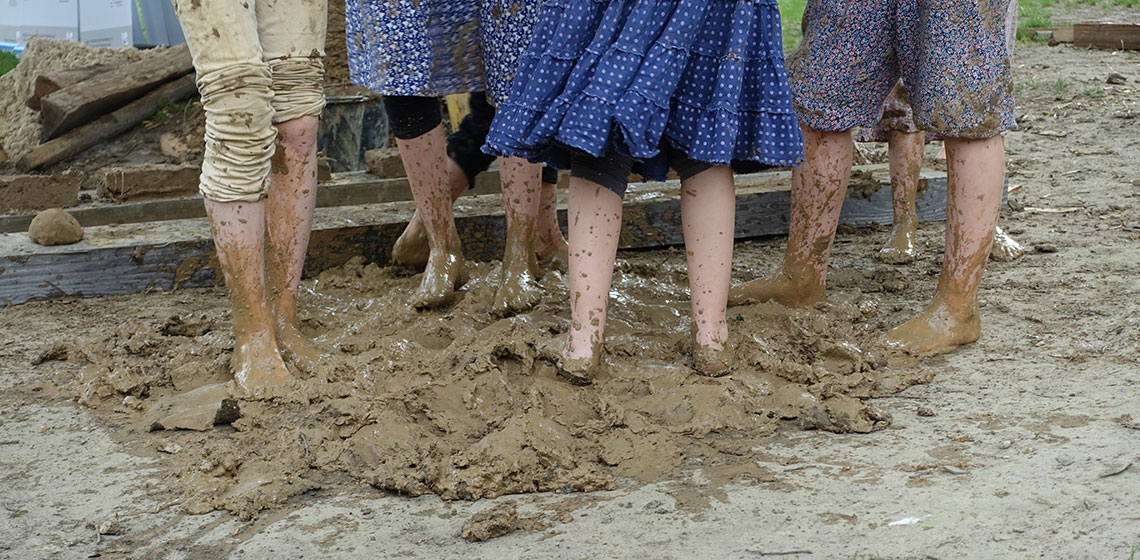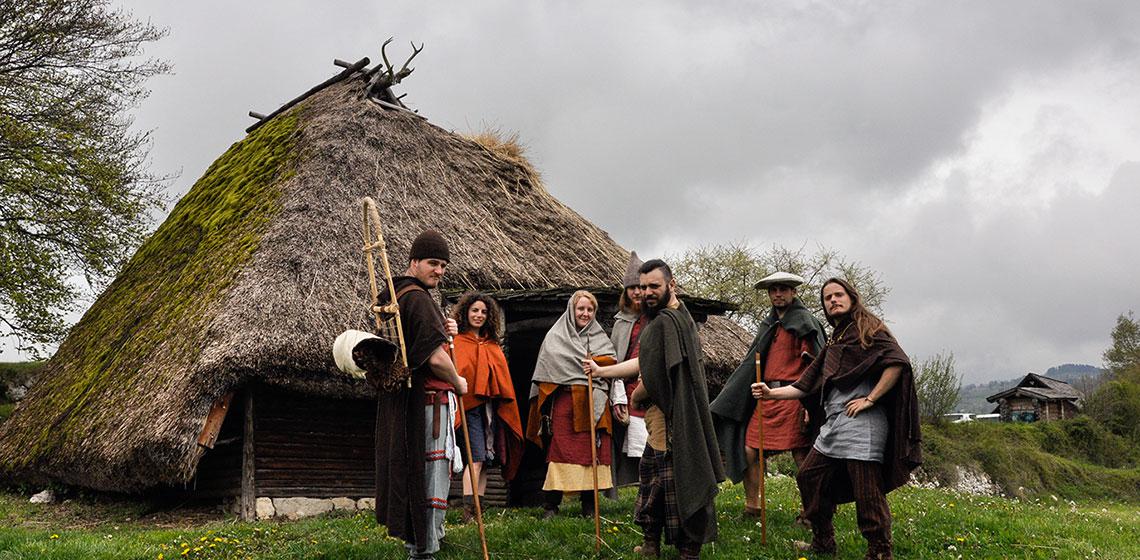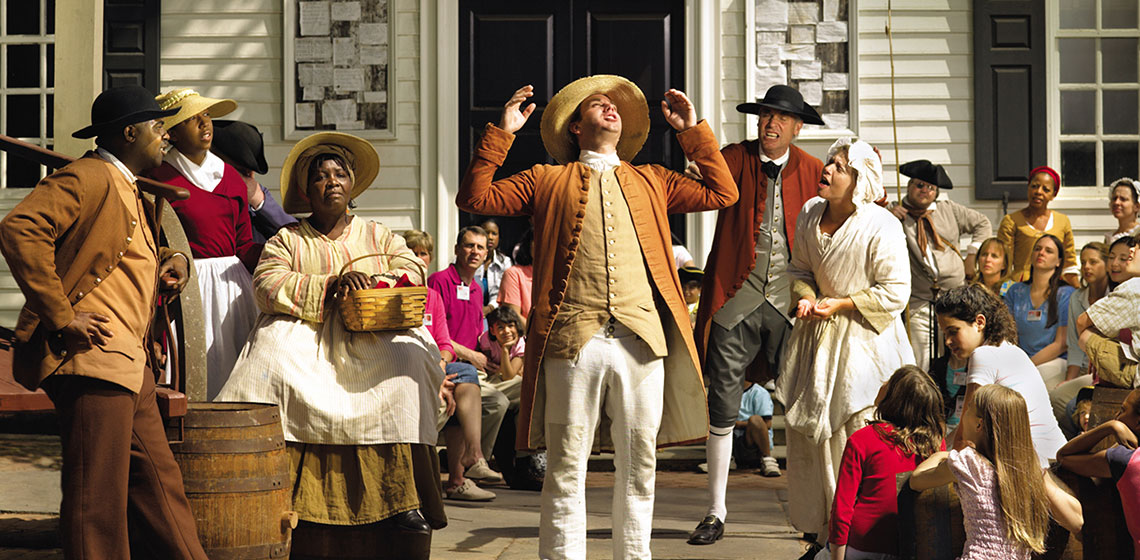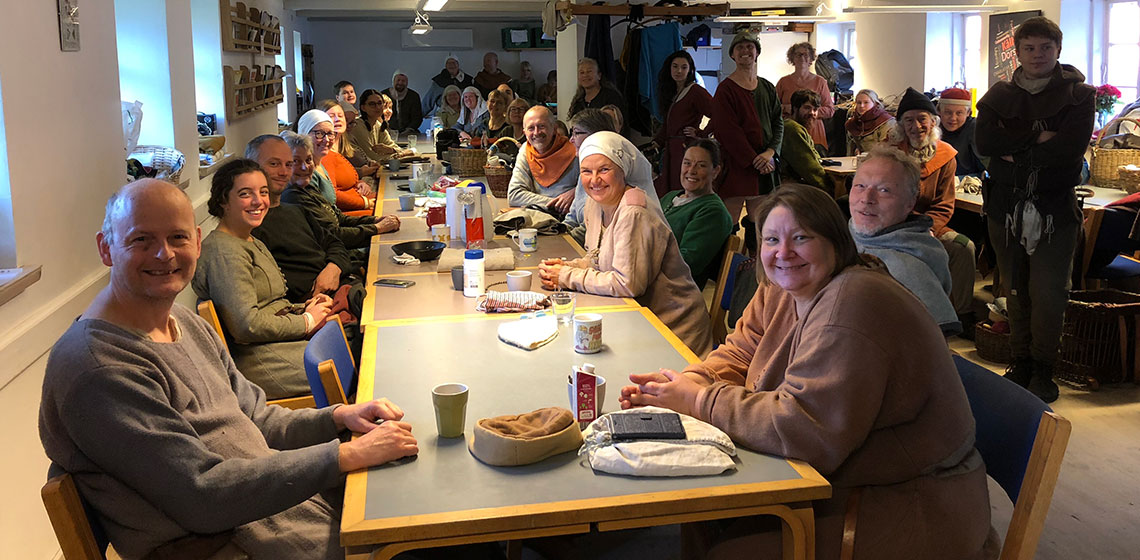Nagasaki Museum of History and Culture (JP)
The Nagasaki Museum of History and Culture is one of the few museums in Japan dedicated to the history of international exchange. The Museum holds approximately 81,000 objects in its precious collection, including historical documents, art and craftworks that tell the story of Nagasaki, the sole window open to foreign countries during the period of Japan’s national isolation.
In addition, part of the Nagasaki Magistrate's Office (a local agency of the central government in the Edo period called bugyōsho) has been faithfully reconstructed based on historical materials, allowing visitors to immerse themselves in the atmosphere of feudal Japan. The craft center offers hands-on classes of Nagasaki’s traditional crafts.









